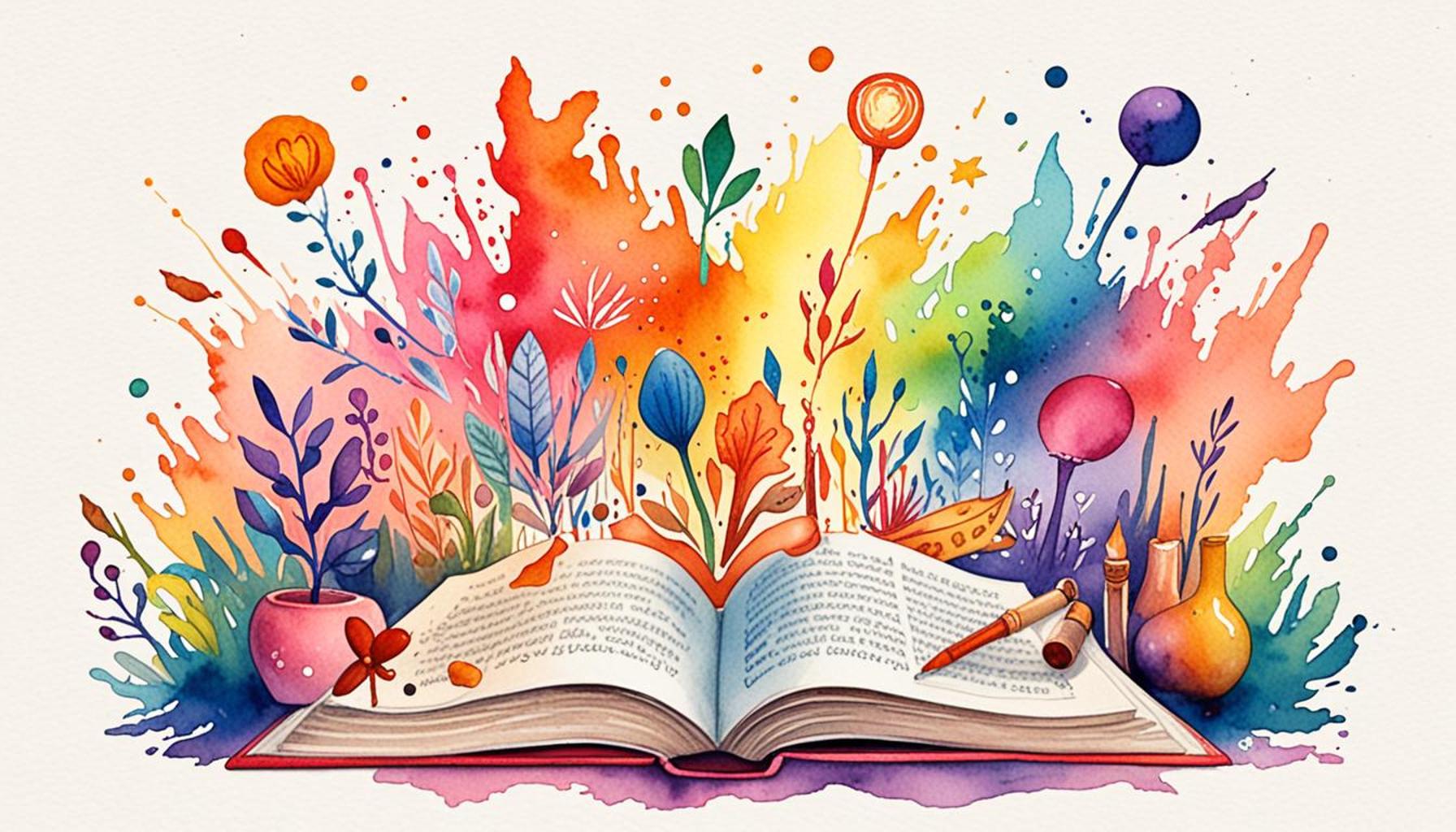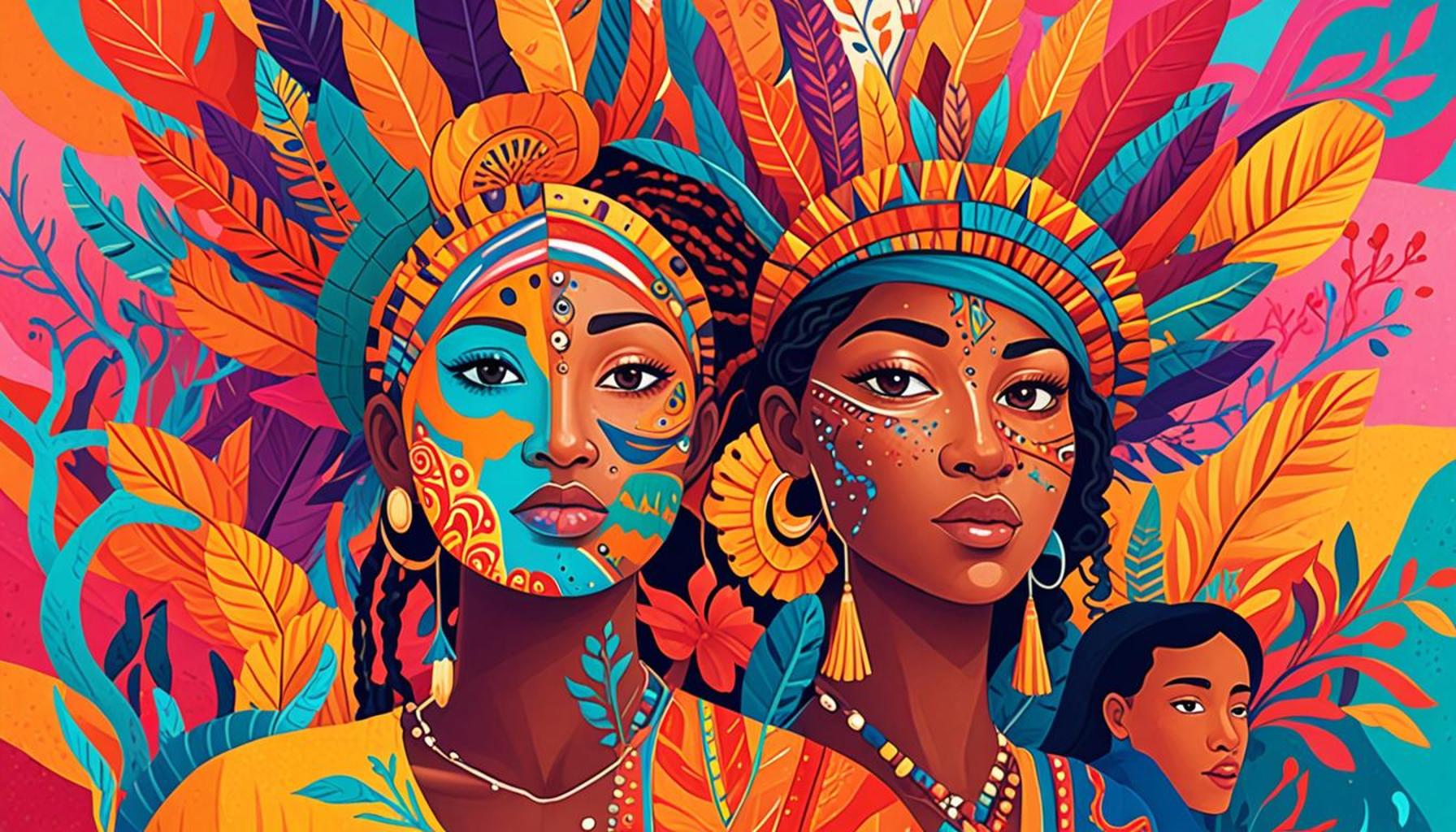Master Storytelling as a Learning Strategy Boost Your Skills Today

The Impact of Storytelling on Learning
In the dynamic landscape of modern education and professional environments, effective learning strategies are not just beneficial; they are essential. One timeless technique that continues to shine is storytelling. This art form serves as a bridge, connecting broader concepts to personal experiences, a method that resonates deeply with learners and professionals alike.
But what makes storytelling such a compelling learning tool? Several factors contribute to its effectiveness:
- Engagement: A well-told story can captivate an audience, drawing them into a narrative that transforms complex subjects into relatable experiences. For instance, a science teacher in Jos might relate the water cycle to the local dry season, crafting a narrative that illustrates the struggle of farmers waiting for rain, thereby creating a vivid learning scenario.
- Memory: Humans are wired for stories. Research indicates that stories can enhance memory retention up to 22 times more than simple facts. This is evident in Nigerian cultures where oral traditions, such as the tales of certain heroes or folklore, have been passed down through generations, allowing essential cultural values and lessons to thrive.
- Connection: Storytelling fosters empathy and emotional connections, which are powerful tools in the learning process. Personal stories bring theoretical concepts to life, creating a sense of shared experiences among learners. This is particularly relevant in diverse classrooms in Nigeria, where student backgrounds vary widely.
Numerous studies underline the advantages of utilizing storytelling in educational settings. In Nigeria, teachers have effectively blended local folktales into their curriculums, enabling students to grasp challenging subjects while simultaneously reinforcing their cultural identity. For example, using the story of Anansi the Spider in a lesson about perseverance not only illuminates the theme but also connects students to their rich cultural narratives.
Moreover, the skill of storytelling extends beyond academia and plays a vital role in enhancing professional capabilities. Mastering storytelling can revolutionize key aspects of communication:
- Communication: Crafting clear and persuasive narratives helps professionals present their ideas compellingly. Think of a marketing pitch in Lagos incorporating local dialects and experiences that resonate with the target audience.
- Leadership: Great leaders often share stories that inspire and unify their teams. By articulating a vision through engaging narratives, leaders can rally support and commitment towards common goals.
- Problem-Solving: Framing challenges within a story makes them more approachable. For instance, a project manager in Abuja might narrate a past failure and the lessons learned, framing current project obstacles as part of a larger journey of growth.
Further along in this exploration, we will uncover tangible strategies to hone your storytelling skills, harnessing its power not just to inform but also to inspire and connect in both your personal and professional journeys.
SEE ALSO: Click here to read another article
Unleashing the Power of Storytelling in Learning
The ability to master storytelling is not merely an art; it is a strategic skill that can profoundly enhance learning outcomes. In Nigeria, where storytelling forms an integral part of cultural heritage, leveraging this skill becomes even more essential to connect with learners in meaningful ways. Engaging students through storytelling can break down barriers, ignite curiosity, and drive a deeper understanding of the subject matter.
To exploit this potential fully, it’s necessary to grasp what storytelling entails and how its elements can be effectively woven into various learning frameworks. Here are some pivotal components of storytelling that can significantly benefit both educators and professionals:
- Structure: A compelling story typically follows a structured format: introduction, conflict, climax, and resolution. Understanding this framework enables storytellers to present information logically and engagingly. For example, an educator presenting lessons on Nigeria’s history can structure the narrative around pivotal events that shaped the nation, such as the independence movement, thereby allowing learners to see the progression of ideas and actions.
- Characterization: Engaging characters are at the heart of any story. By creating relatable or aspirational characters, educators can help students (and professionals) connect personally with the material. In a mathematics class, for example, a teacher might craft a narrative featuring a character who uses math to solve everyday problems, such as budgeting for a family event.
- Emotion: Stories evoke emotions, making the learning experience memorable. Using heartfelt anecdotes or powerful historical events can resonate with students, fostering empathy and a deeper connection to the content. Take, for instance, a biology lesson about migration patterns that incorporates personal stories of indigenous communities; such narratives can bring awareness to ecological issues while instilling a sense of responsibility towards the environment.
As we dive deeper into this topic, it’s crucial to understand distinct storytelling techniques that enhance its effectiveness as a learning strategy. Incorporating visuals can amplify the story’s impact. Adding images, videos, or even live demonstrations creates a multisensory experience that encourages active participation and retention. In Nigeria’s diverse classrooms, incorporating visuals that reflect cultural contexts intensifies relatability, fostering an inclusive environment.
Additionally, interactive storytelling can transform passive listeners into active participants. Techniques such as asking open-ended questions during a story or involving participants in role-play allow students to engage with the material. This participatory approach heightens their investment in the narrative and consequently the learning outcomes. Consider a language arts class where students are invited to contribute to a story’s development; their investment not only sharpens critical thinking skills but also fosters creativity.
Finally, frequent storytelling practice cultivates confidence in delivering information. Whether for academic presentations or professional pitches, the refinement of storytelling techniques can significantly enhance one’s oratory skills. Emphasizing practice scenarios, such as local competitions or storytelling events, can promote consistency and improve ability over time.
As we continue to explore the transformative effects of storytelling, the next discussion will provide insights into practical actionable steps for honing this invaluable skill. By embracing storytelling as a learning strategy, individuals can boost their skills today and thrive in ever-evolving environments.
| Advantage | Description |
|---|---|
| Enhanced Engagement | Storytelling captures attention and allows learners to directly connect with the content. This strategy can transform mundane facts into gripping narratives that motivate and challenge individuals to learn. |
| Emotional Connection | Emotional resonance is crucial in learning processes. Stories evoke feelings, which enhance retention and recall of information significantly compared to traditional teaching methods. |
| Critical Thinking | Analyzing narratives fosters critical thinking skills. Learners become adept at interpretation and evaluation, skills that are indispensable in today’s information-rich society. |
| Cultural Awareness | Stories reflect diverse perspectives from various cultures, promoting inclusivity and broadening understanding among learners, which is a vital component in a globalized world. |
By harnessing the art of storytelling as a learning strategy, individuals can significantly boost their skills today. Whether in professional development, education, or personal growth, the ability to convey and connect through stories provides an invaluable tool for effective communication and understanding. Thus, engaging with this method enables learners to open new doors to opportunities and enhance their competencies in multiple areas.
SEE ALSO: Click here to read another article
Practical Steps to Enhance Storytelling in Learning
Given the profound benefits of storytelling as a learning strategy, the next step is to examine practical methods for effectively harnessing this skill in educational and professional settings. While understanding the foundational components of storytelling is critical, employing actionable techniques can elevate its effectiveness and reach.
One of the most powerful tools in enhancing storytelling is data-driven narratives. Incorporating relevant statistics and tangible data into storytelling adds credibility and depth to the narrative. For instance, when discussing the impact of climate change on Nigeria’s agriculture, integrating recent agricultural data can substantiate the narrative, allowing students to appreciate the significance of the information presented. By effectively transforming cold numbers into relatable stories, educators and professionals can foster a sense of urgency and drive quicker responses among learners.
Furthermore, **voice modulation** plays a crucial role in captivating an audience. A storyteller who adjusts their tone, pace, and volume can dramatically influence how a narrative is received. In a setting such as a Nigerian classroom, where learners might come from various backgrounds, using a dynamic voice can keep students engaged, making historical tales more thrilling. Imagine a teacher recounting the life of a prominent Nigerian figure like Nnamdi Azikiwe, adjusting their tone to reflect the gravity of the events being described. Such a performance can elevate student interest and retention.
Another essential technique is the incorporation of **story circles**, a collaborative storytelling method. In a classroom, educators can initiate story circles where learners share personal experiences connected to the lesson’s theme. For example, during a discussion on community leadership, students might share stories of local leaders who influenced their lives or the lives of those around them. This exchange of stories does not only promote understanding but also creates a communal learning atmosphere while enhancing critical listening skills.
Utilizing modern technology can serve as a catalyst for effective storytelling. Platforms such as podcasts and video editing tools offer educators numerous avenues to create immersive narratives. Consider a history lesson on Nigeria’s cultural diversity: an educator might compile videos showcasing different cultural festivals, interspersing interviews with locals sharing personal stories about their traditions. This multimedia approach not only heightens engagement but also caters to various learning styles, ensuring inclusivity within the classroom.
Cultural Relevance in Storytelling
As a nation rich in diverse cultures and languages, making storytelling culturally relevant is paramount. Curating stories that reflect local traditions, folktales, and contemporary issues resonates more deeply with Nigerian learners. For instance, using folktales that convey moral lessons helps students connect philosophical concepts to their realities. By incorporating recognizable elements of students’ lives and backgrounds into narratives, educators can foster a vibrant learning culture.
Moreover, bringing in **guest storytellers** from the community can infuse authentic perspectives into learning experiences. Local historians, elder storytellers, or successful professionals can share their narratives, providing students with insights that are both enlightening and inspiring. This rookie-to-expert storytelling approach introduces students to varied experiences, thus emphasizing the importance of continuous learning and adaptation.
In summary, becoming a master storyteller in the context of learning is a strategic endeavor that requires both understanding and practice. By weaving data into narratives, utilizing voice modulation, incorporating story circles, employing modern technology, and ensuring cultural relevance, educators can significantly boost their storytelling capabilities, paving the way for enhanced learning experiences. As we explore further in this article, we will delve into the long-term impacts of storytelling on skill enhancement, preparing individuals for the challenges ahead.
SEE ALSO: Click here to read another article
Conclusion
In the digital age where information is vast yet often overwhelming, the art of storytelling emerges as a pivotal learning strategy that not only captivates but also retains attention. By embracing the techniques outlined in this discussion, educators and professionals alike can refine their approach to sharing knowledge, fostering an environment where learning flourishes organically. Storytelling enriches education, turning abstract concepts into relatable experiences that resonate deeply with audiences. The incorporation of cultural relevance ensures that narratives reflect the world around us, making lessons more applicable to the daily lives of Nigerian learners.
As we reflect on the transformative power of narratives, it is essential to remember that mastering storytelling is not just about relaying facts; it’s about creating connections. The ripple effect of a well-told story can lead to enhanced critical thinking, empathy, and engagement amongst learners. Utilizing tools like data-driven narratives, voice modulation, and technology-infused platforms can significantly enhance the reach of stories, making the learning process more dynamic and inclusive.
Now is the time to take action! By integrating storytelling into your teaching or professional practice today, you not only boost your own skills but also empower others to embark on their learning journeys more effectively. The stories we tell shape our realities, shape our communities, and inspire future generations. So, take the leap to master storytelling and witness the profound impact it can have on skills and knowledge retention. It’s a journey well worth starting and continuing.


